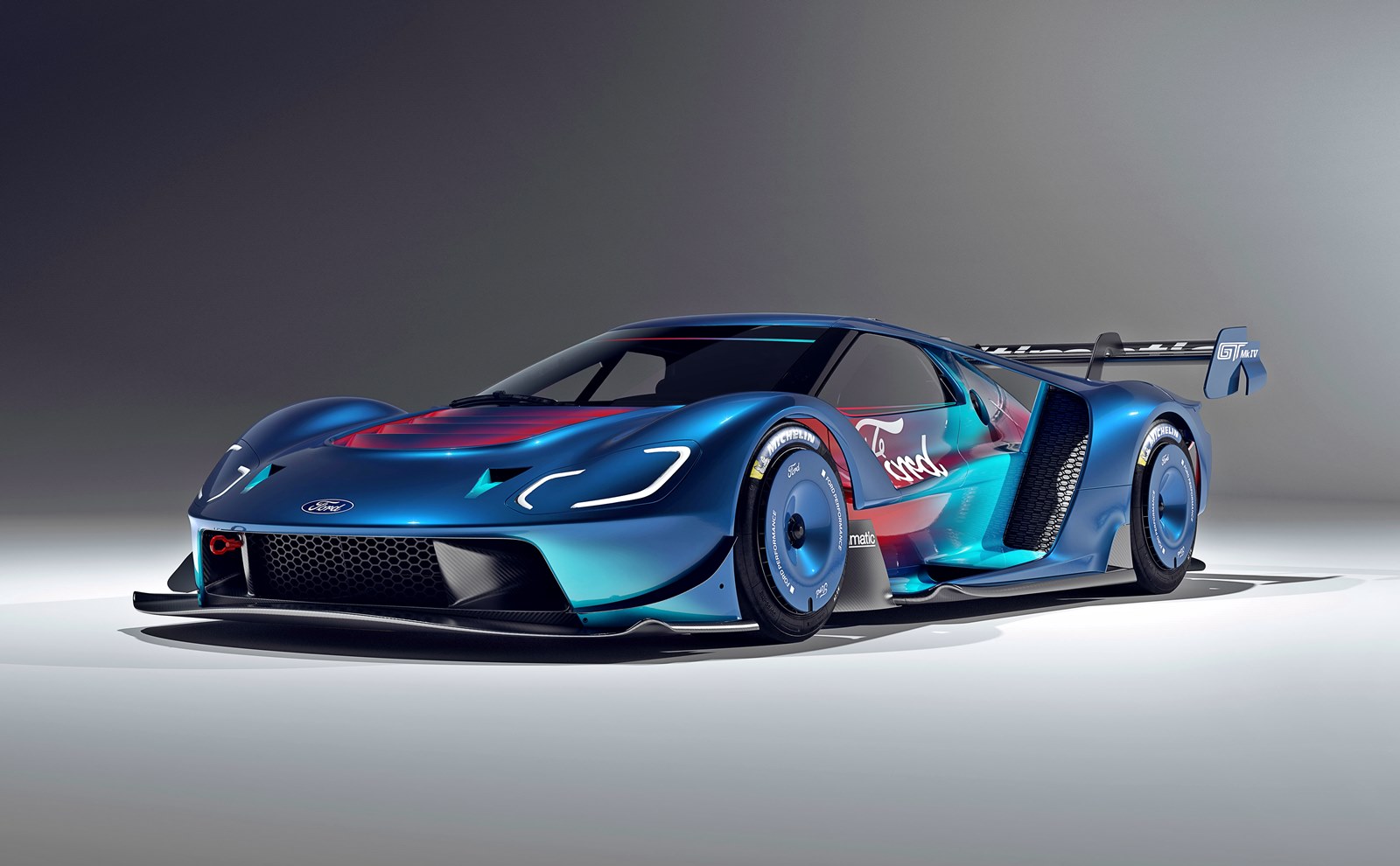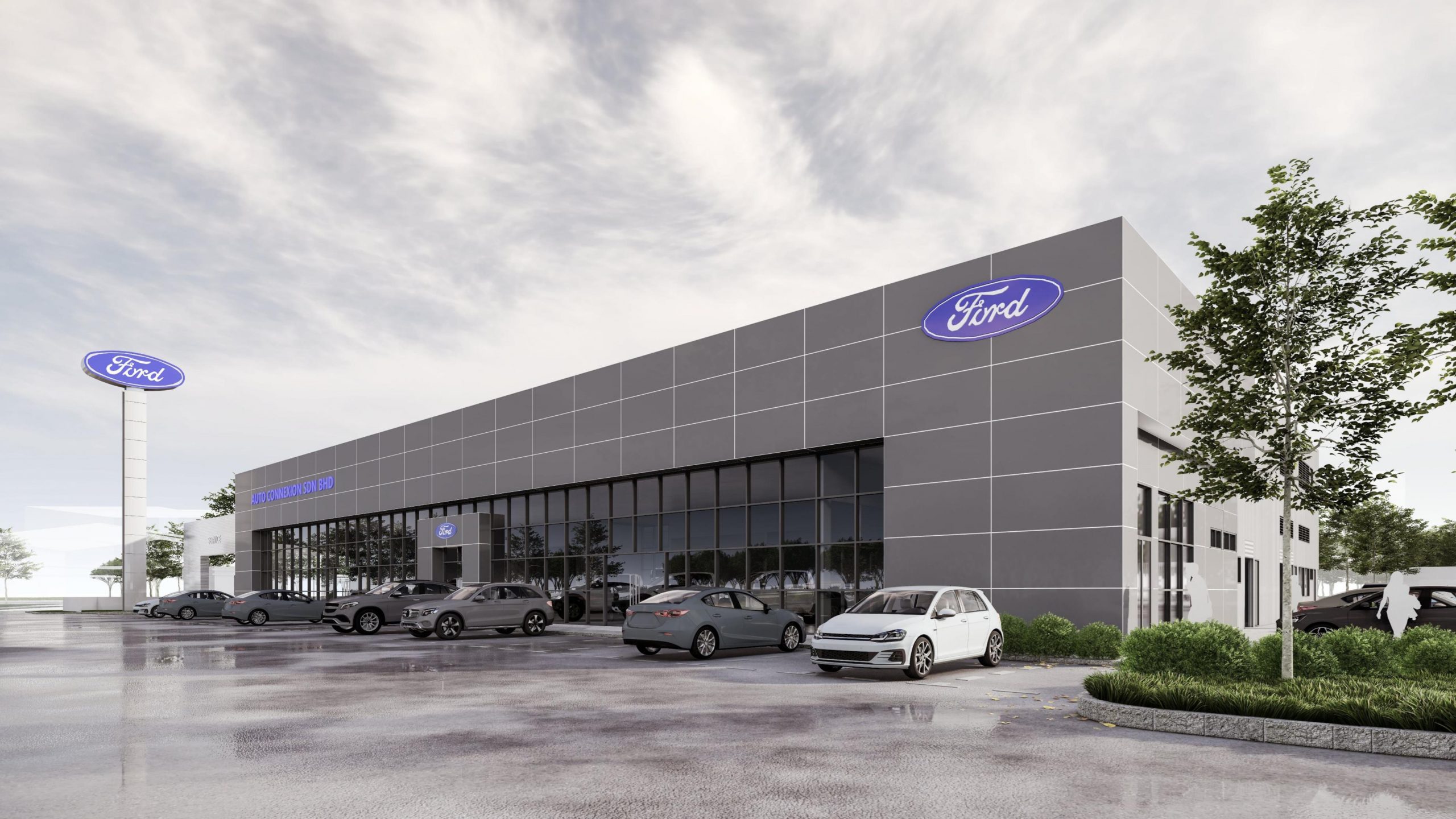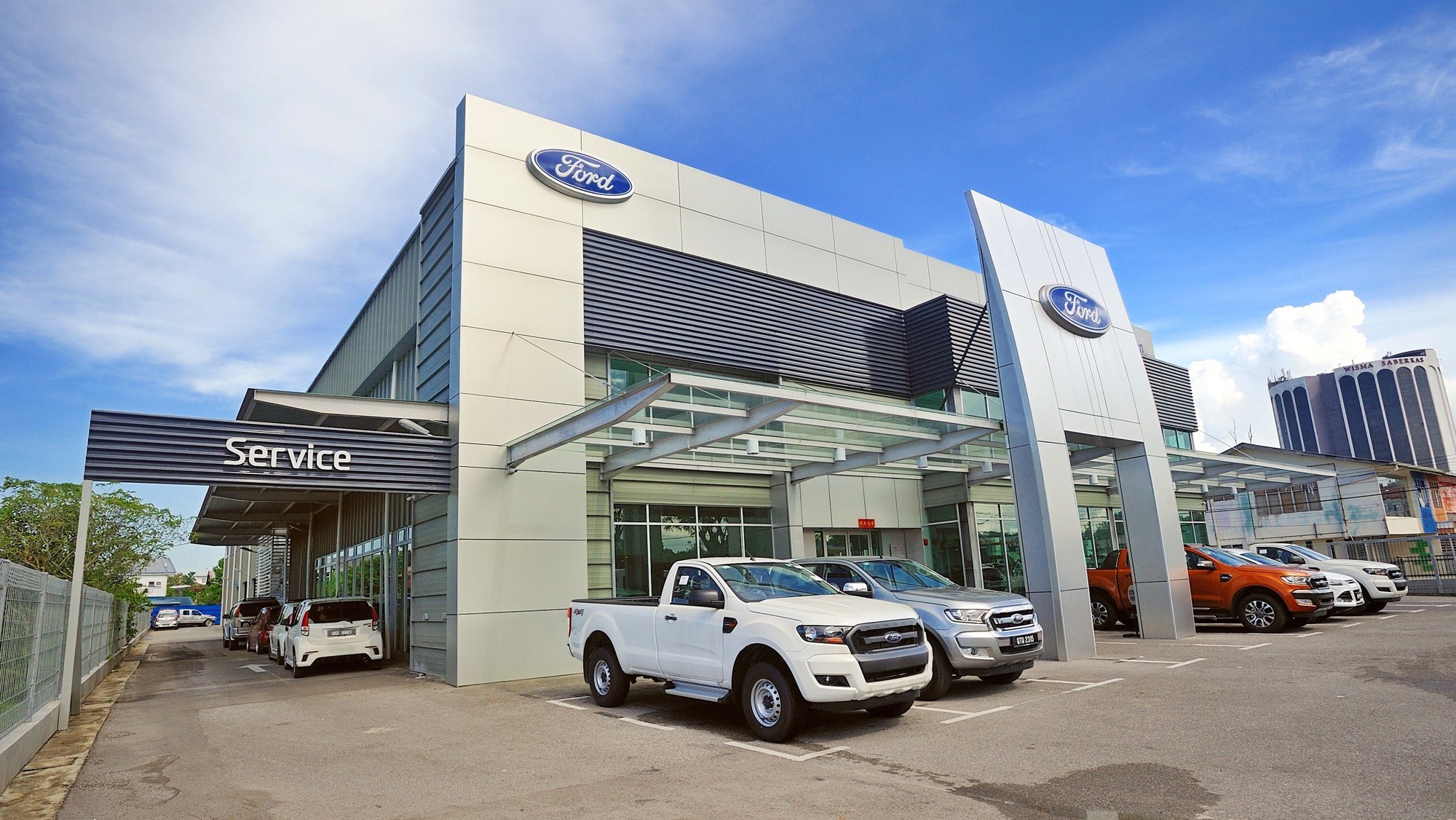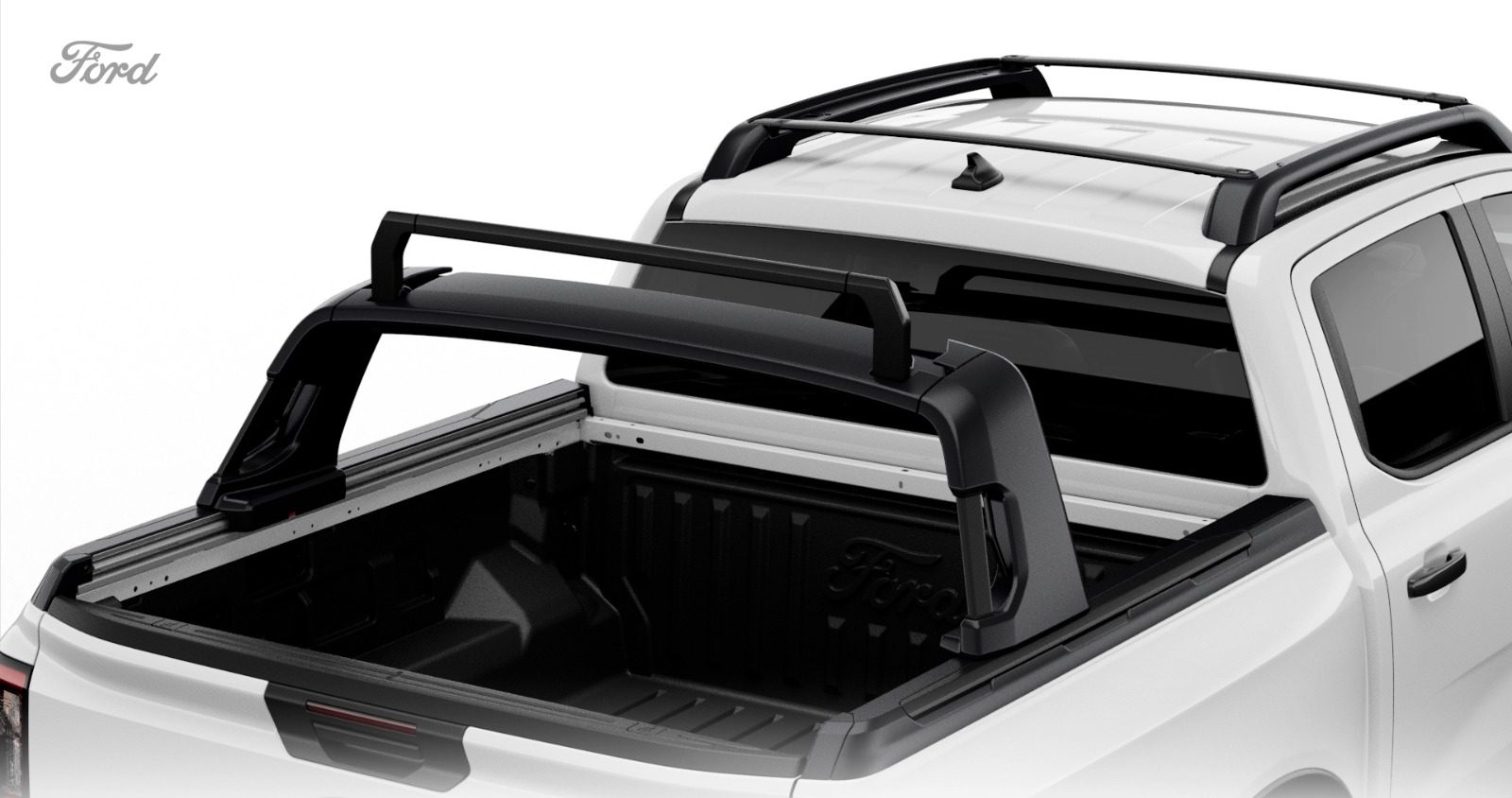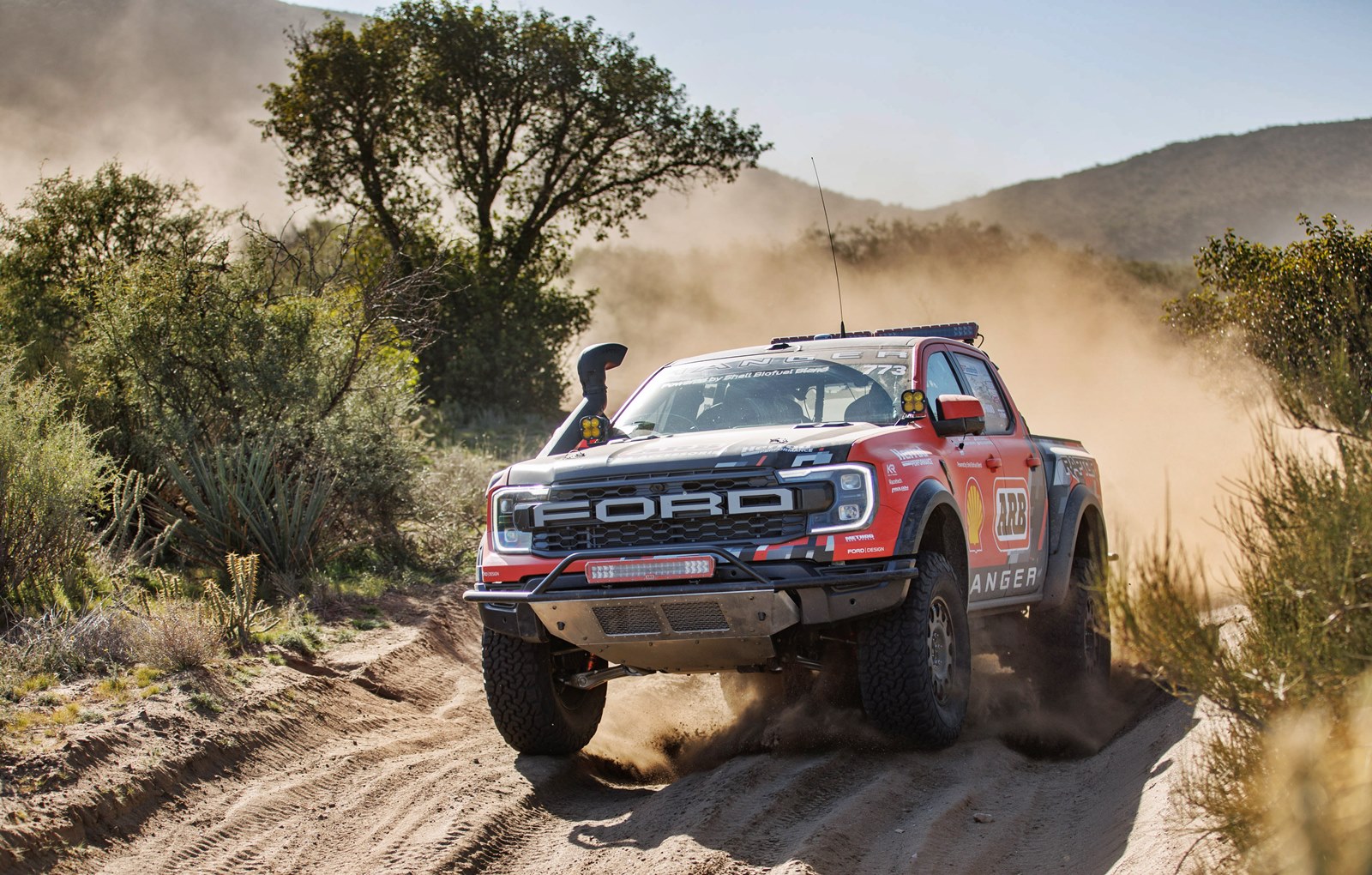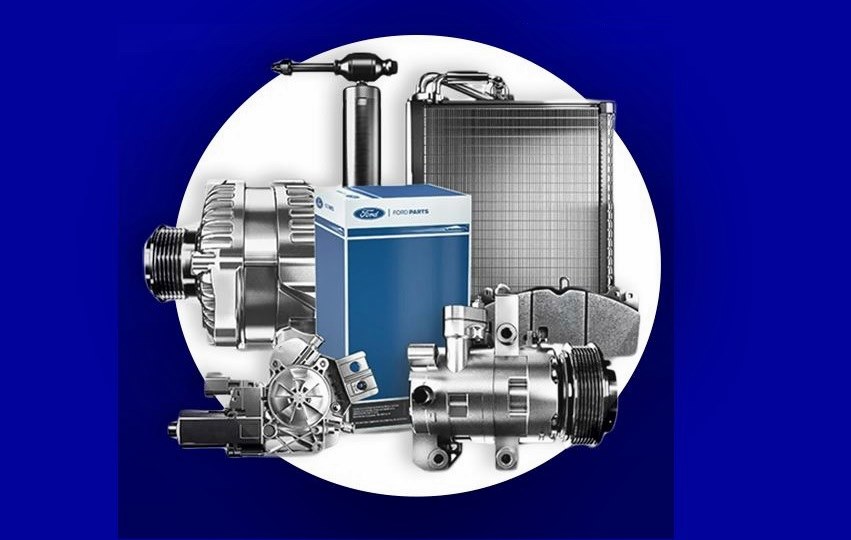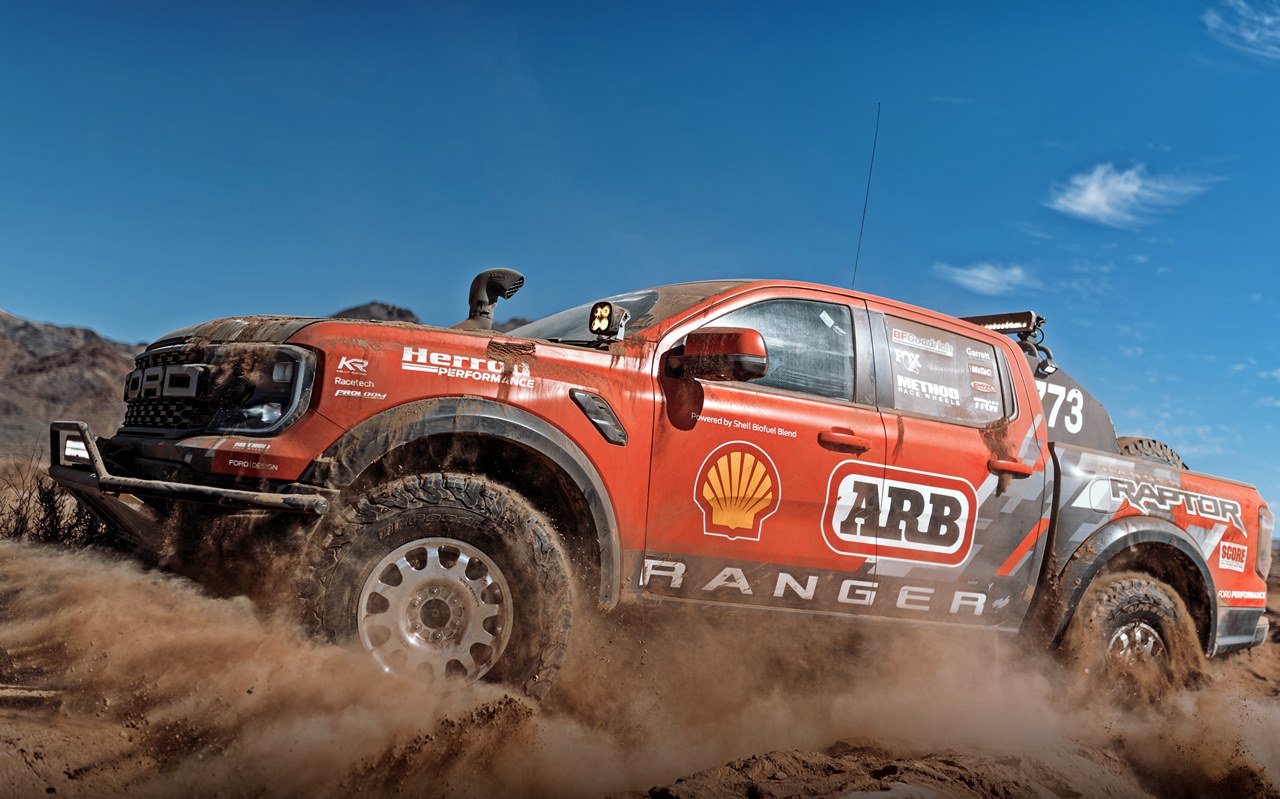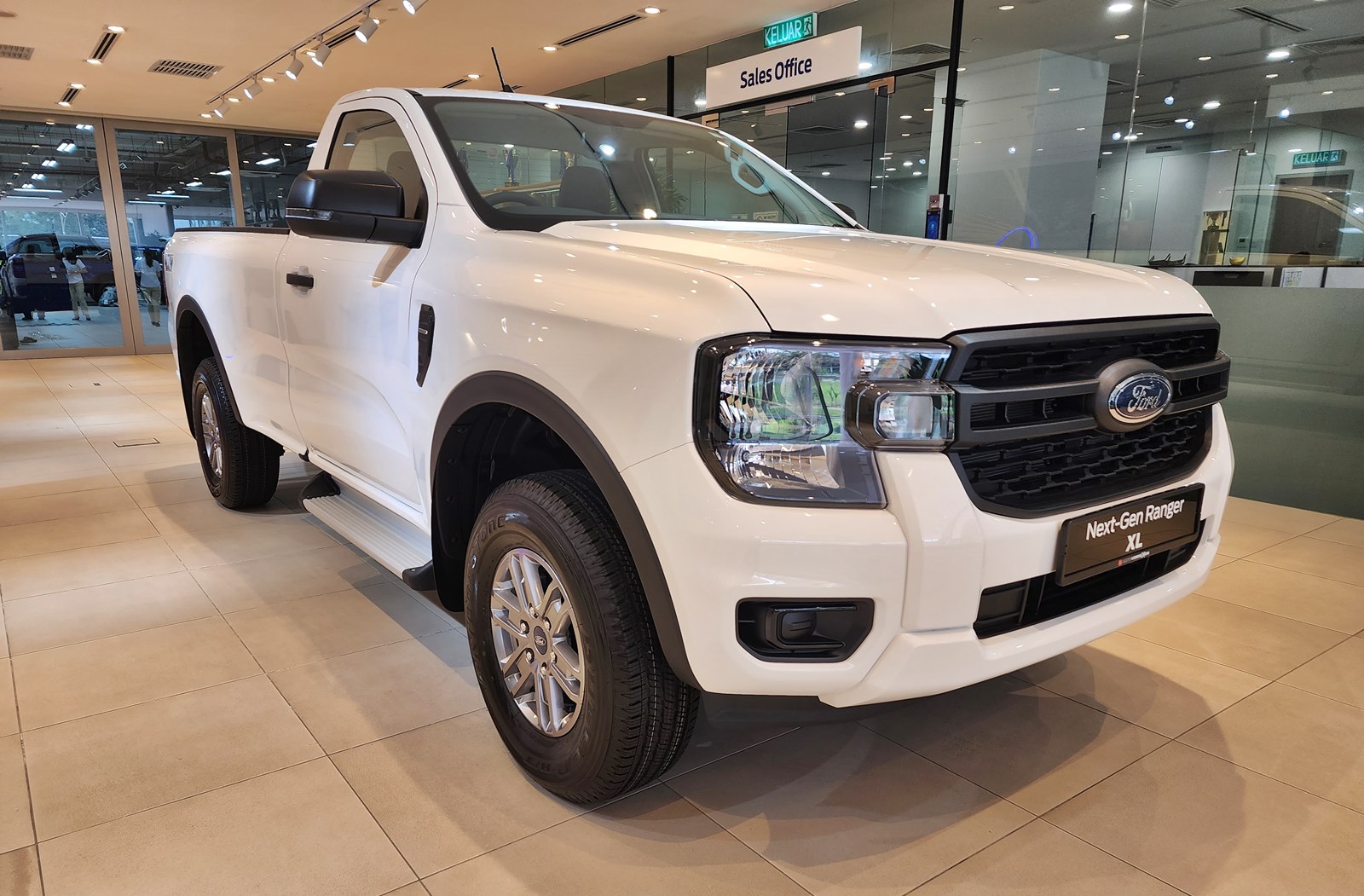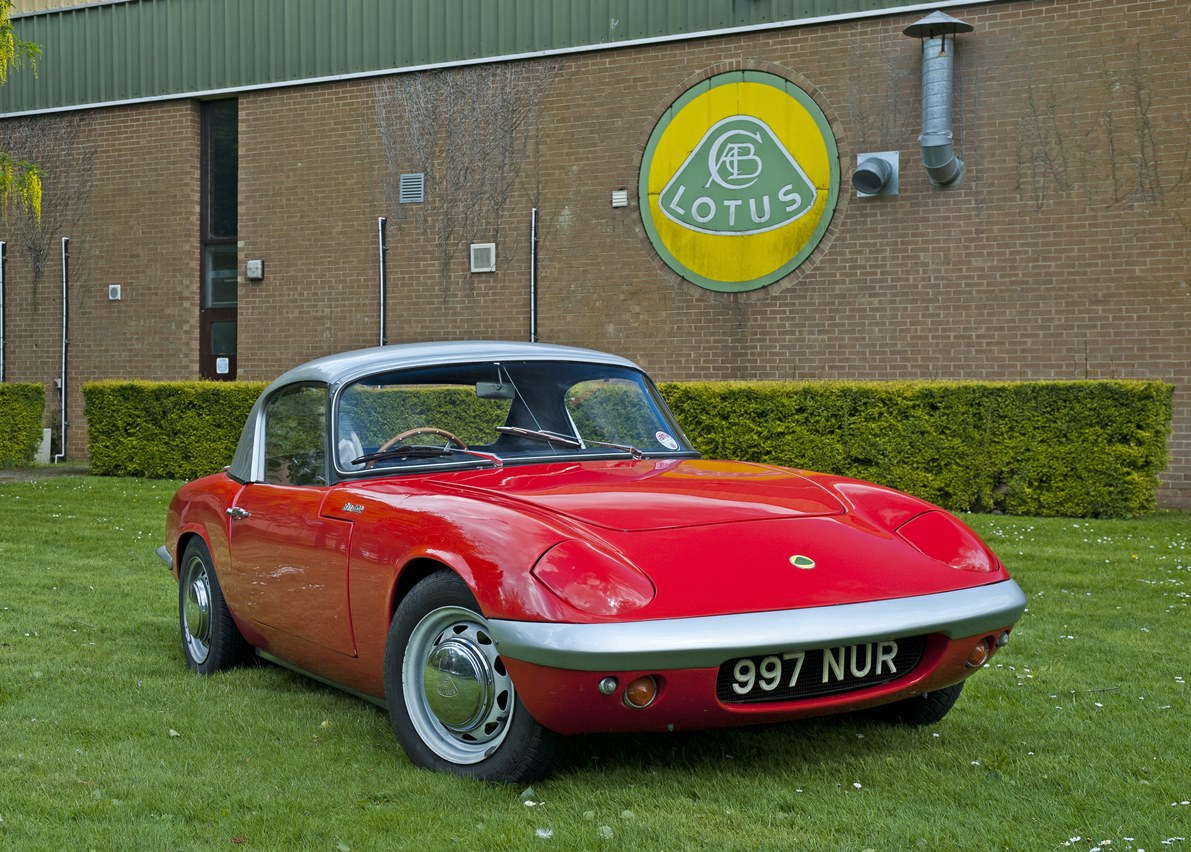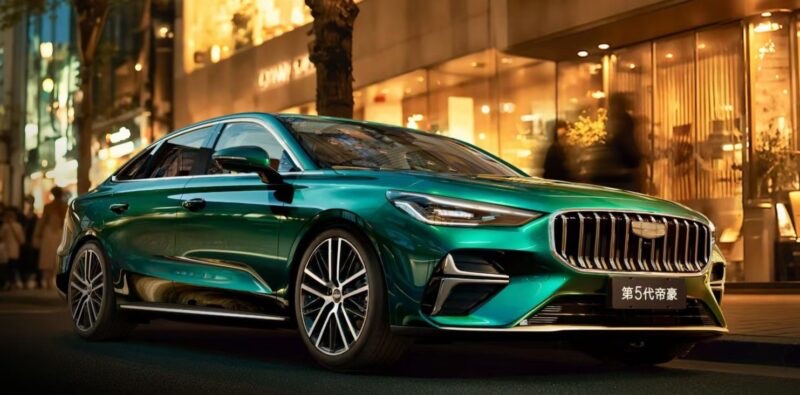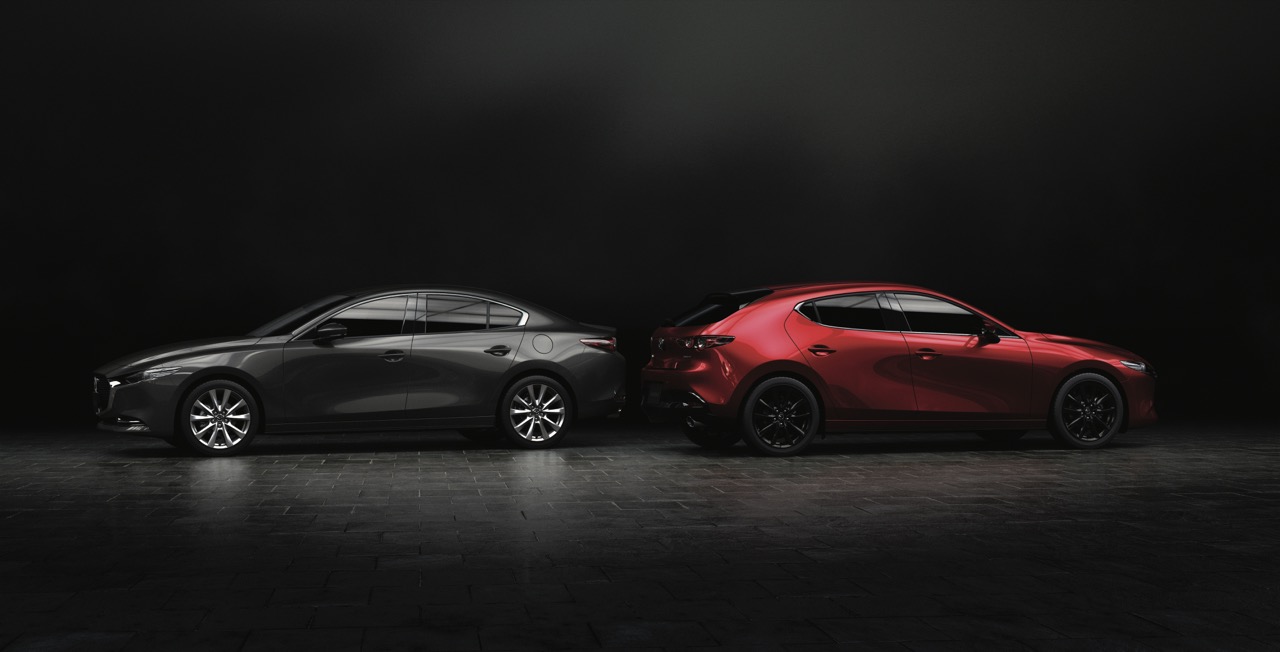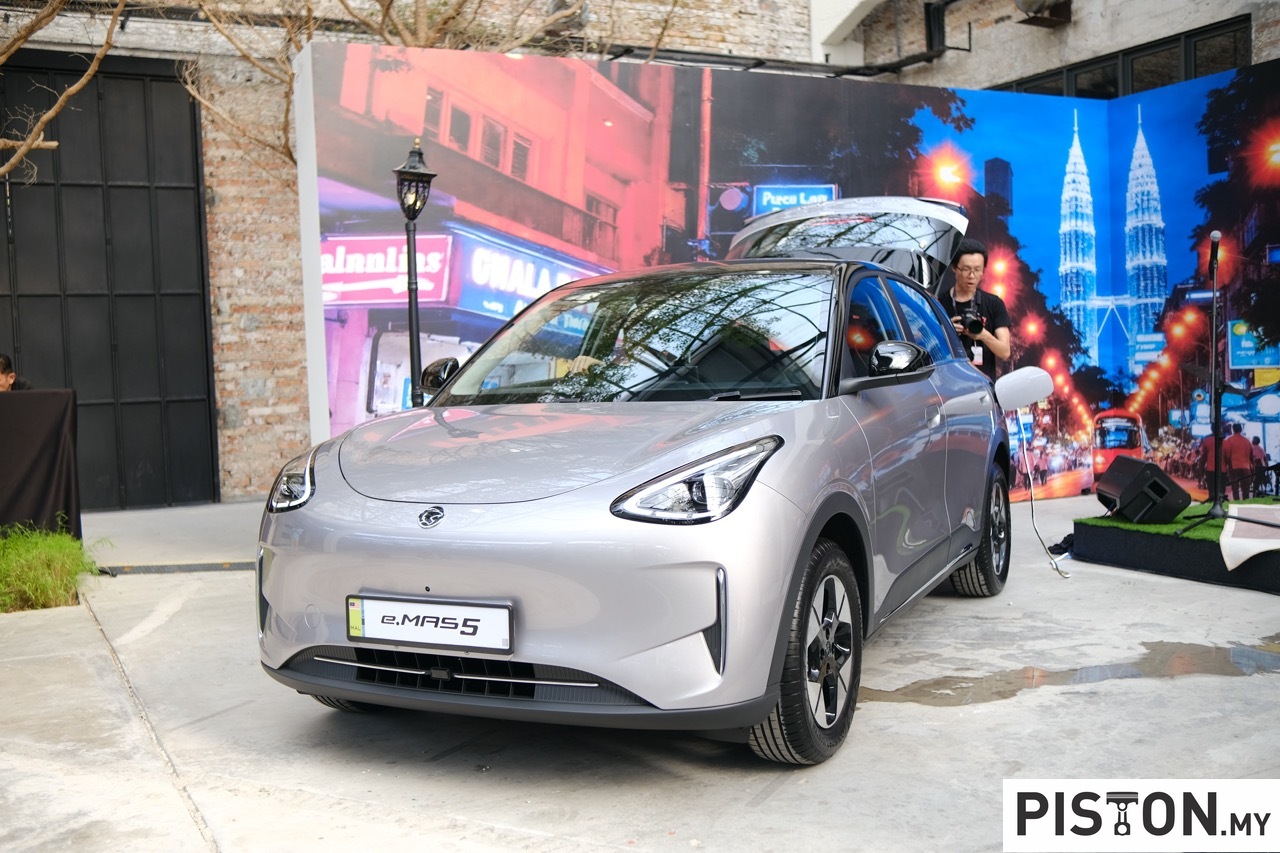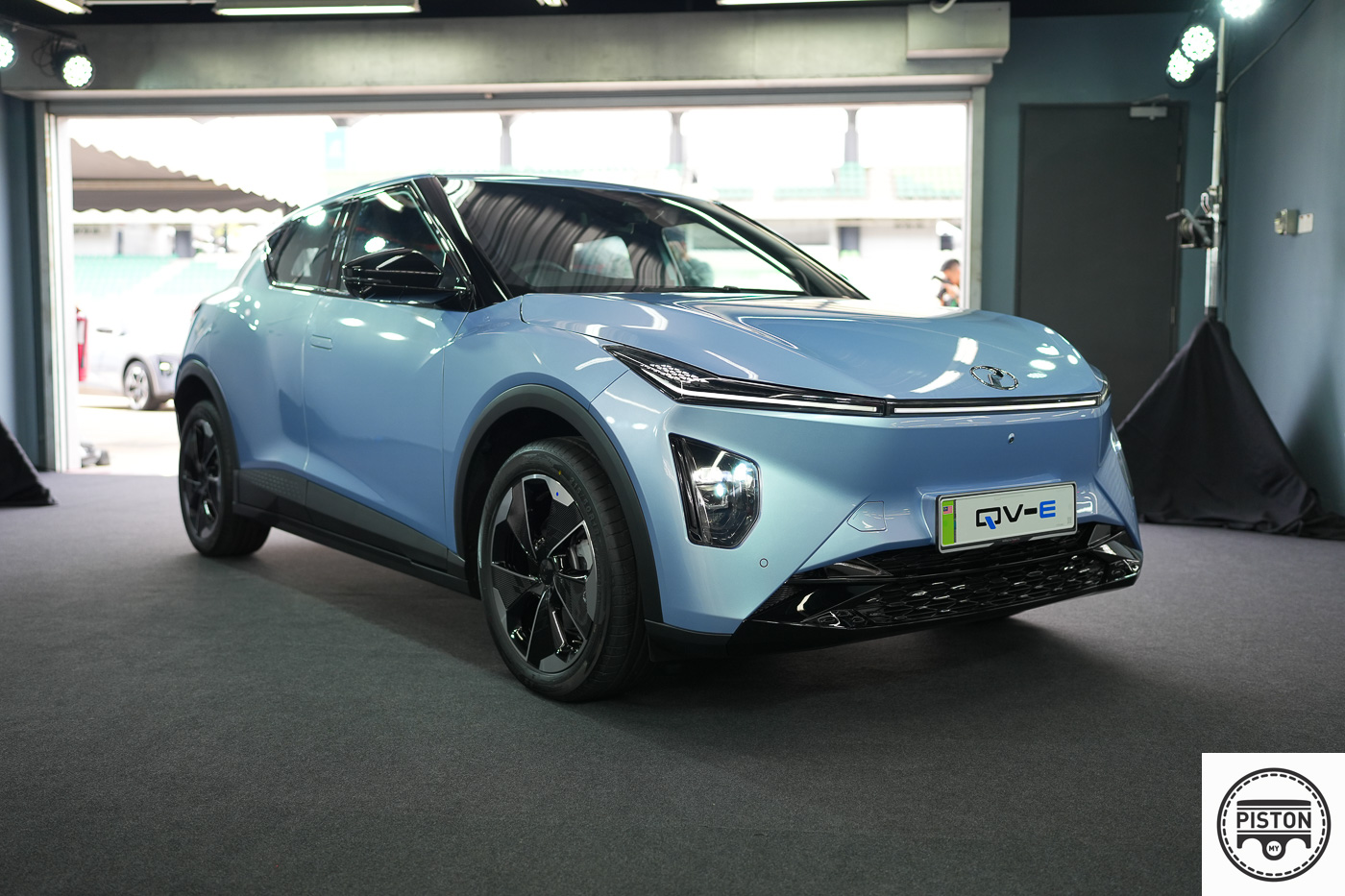Production of the Ford GT is planned to end this month, and 1,350 units will have been built since the model was launched in 2016. One of the final models is the GT Mk IV which has the highest levels of performance, handling and advanced technology as it is a track-only car. Developed by Ford Performance and Multimatic, it is a radically advanced supercar with its unique bodywork, powertrain and suspension.
There will be only 67 units available, the number honouring the original 1967 GT Mk IV racing car which won the Le Mans 24-Hour race.
(more…)
